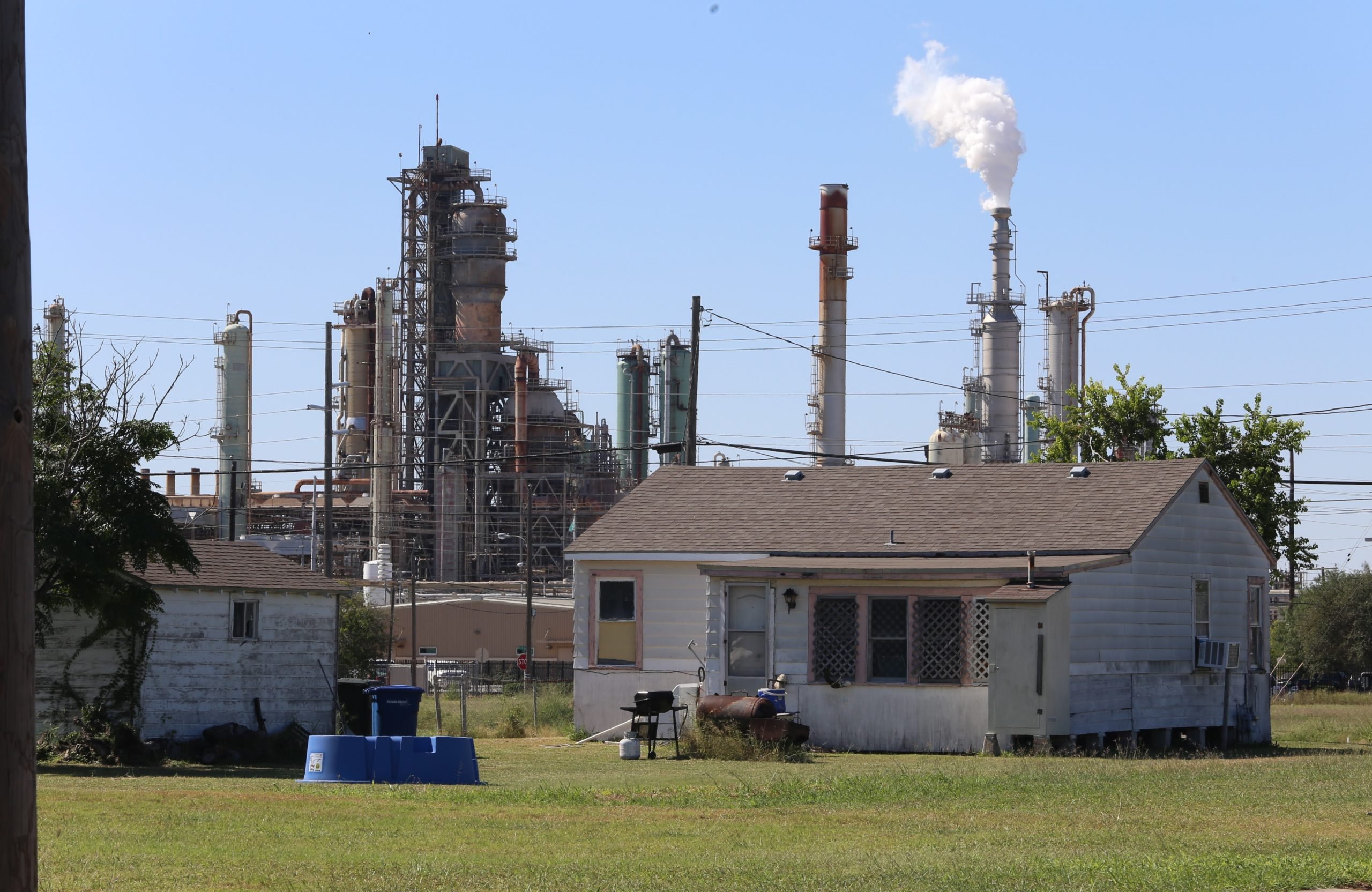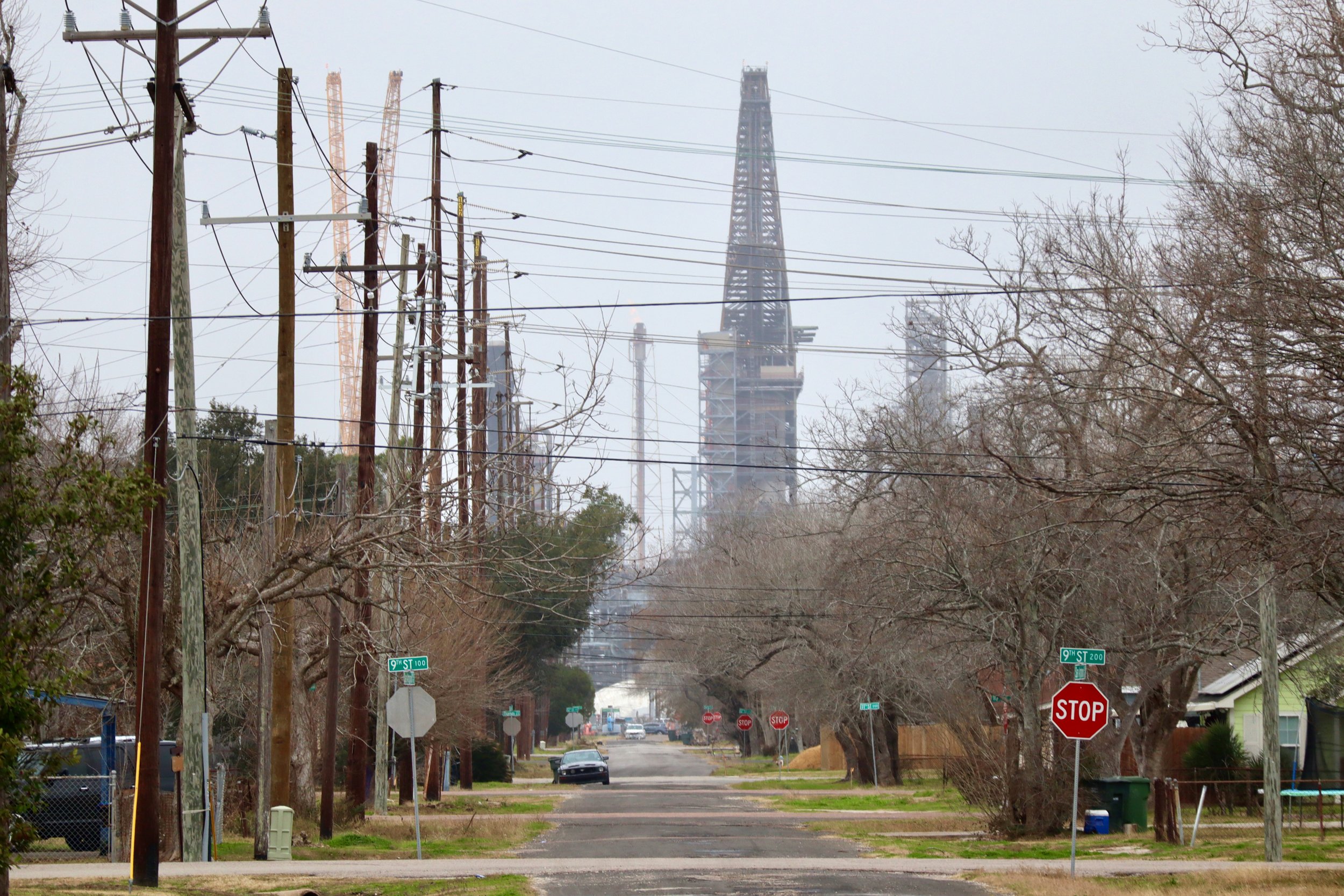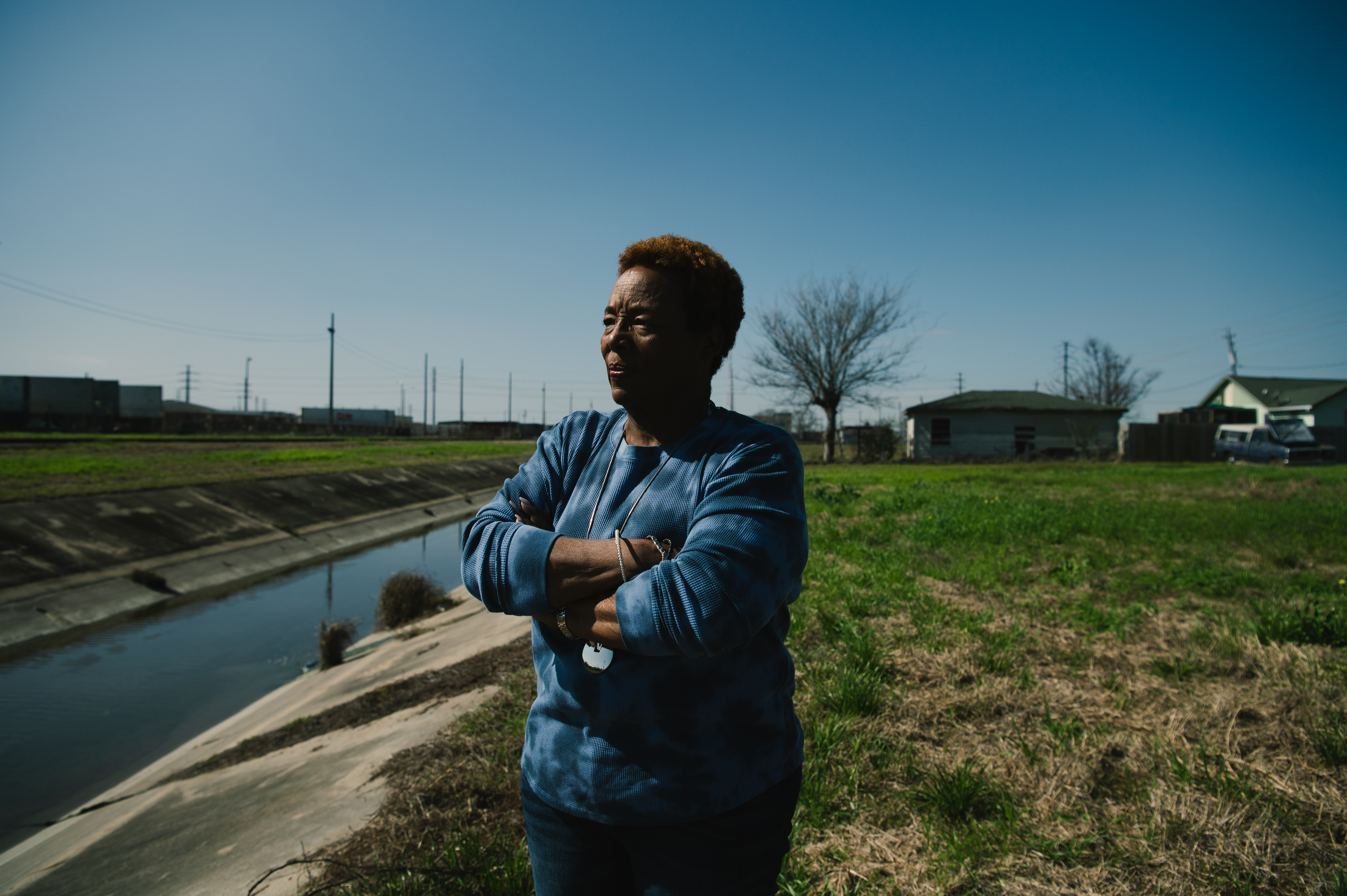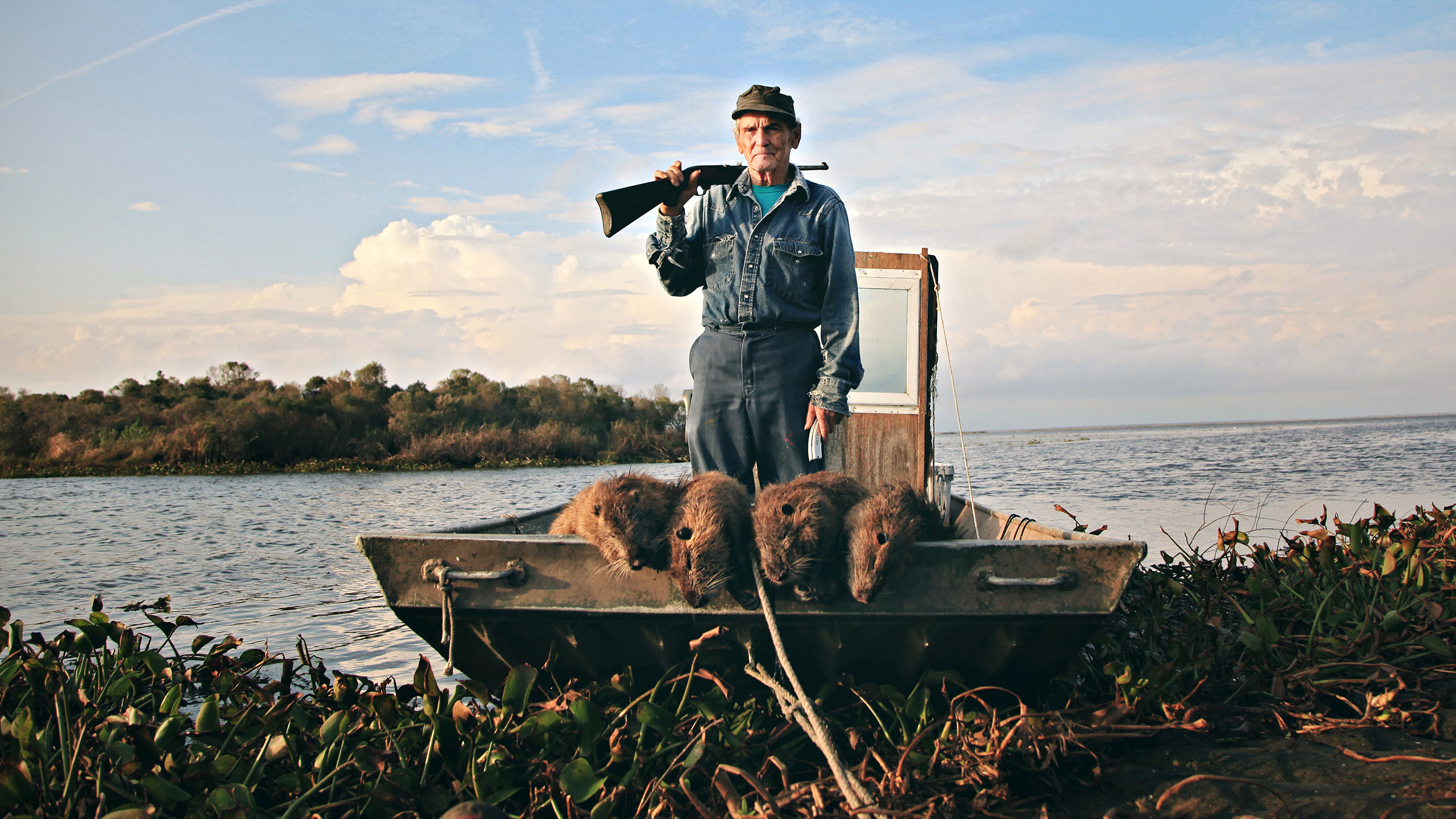
Rats From a Sinking Ship
A new documentary chronicling a rodent’s invasion of the Gulf Coast is part quirky tale, part sobering climate change parable.
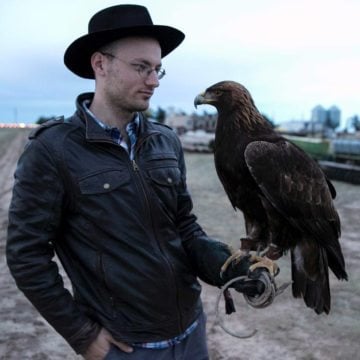
A version of this story ran in the March / April 2019 issue.
Above: Thomas Gonzales defending Delacroix Island, Louisiana, from the invasion of nutria.
In 1938, E.A. McIlhenny — Louisiana naturalist, businessman and scion of the Tabasco hot sauce fortune — decided to give the fur business a gift. McIlhenny had been farming nutria, a large, semi-aquatic South American rodent. After ending up with more animals than he could easily manage, he released his entire stock into the bayou, certain their prolific breeding would keep southern Louisiana in pelts for a long time to come. Unfortunately, it did.
The story of what happened next is told in Rodents of Unusual Size, a new documentary streaming on PBS. Nutria — orange-toothed, pensive-faced, prodigiously whiskered rodents that can weigh up to 14 pounds — burrow incessantly and breed enthusiastically (a female can become pregnant again the day after giving birth). They also display a year-round hankering for greenery. McIlhenny was just one of many overwhelmed trappers who freed the creatures; escapes and releases worldwide led to spiking nutria populations in Europe, Asia and most of North America. Yet it was the Gulf Coast population that became the largest problem: When the fur trade collapsed in the 1980s, people in Louisiana stopped trapping and shooting nutria. Their population exploded.
The result was a terrific amount of damage to coastal wetlands across the South. Nutria nibbled away the vegetation in marshes and eroded riverbanks, leaving everything to collapse into mud and mire. In 1998, the Louisiana Department of Wildlife and Fisheries surveyed the coast and found that the nutria had grazed down some 15,000 acres of marshland. A 2010 study suggested that nutria-damaged marshes often give way to open water, contributing to the erosion of Louisiana’s wetlands at an estimated rate of one football field an hour. “When I grew up [the bayou] was a jungle,” recalls a Louisiana fisherman in the opening minutes of the film. “Nothing but big oak trees. … When I look out now it looks like a disaster.”
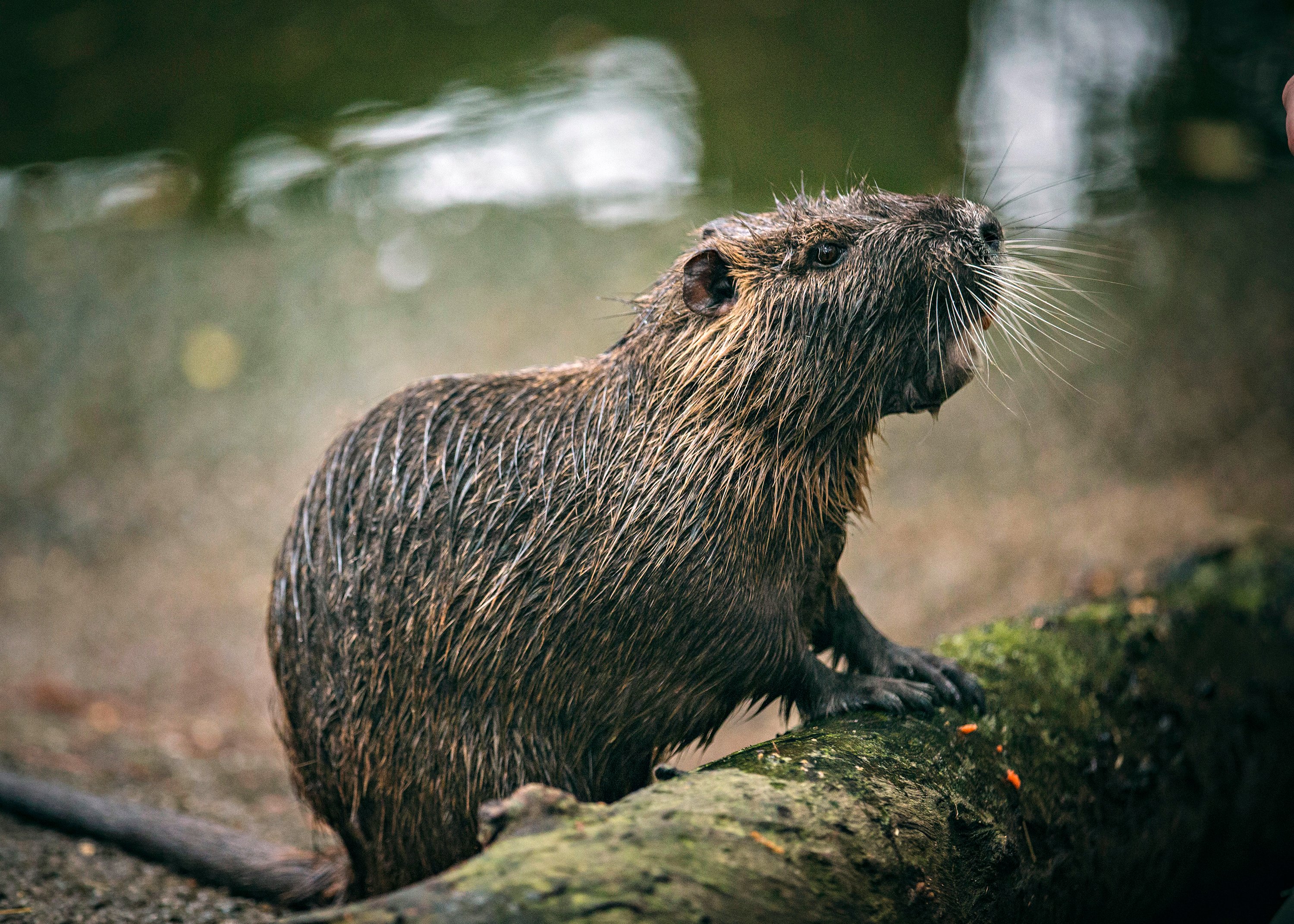
We often talk about disasters as a bolt from the blue — the sudden earthquake, the wildfire that whips through the summer scrub. Such events are an interruption of the everyday, difficult to recover from, but passing quickly. Invasive species like nutria aren’t like that. They arrive and they stay, growing year by year, often held back only by human efforts. Even as they change the rhythms of the world around us, they don’t disappear. Even as you fight them, you get used to them. Like any disaster that goes on for long enough, they become part of daily life.
That transition is something Rodents of Unusual Size spends a lot of time dissecting. Nutria have been a feature of the Gulf Coast for more than 80 years, and so the culture has woven itself around them. A women’s collective buys nutria furs in an attempt to kick off an environmentally friendly fur trade. Chefs in New Orleans dice and marinate the critters. Community festivals offer nutria-skinning competitions. Animal control officers wage an endless war against them in city culverts and drainage ditches. Wealthy landowners hand-feed them on golf courses. A man who spends most of his winters culling nutria keeps one as a pet, bathing it and carting it around in a plastic case on his bicycle.
The nutria trade is subsidized in large part by the state of Louisiana itself. As part of an ongoing control program, the state offers a bounty of $5 per tail. During the crabbing and fishing off-season, boats full of hunters and trappers disperse into the marshes, aiming to kill as many nutria as humanly possible. Some hunters average from 150 to 200 tails a day; according to state data, Louisiana paid out $852,355 to 263 hunters in the last year. Many hunters simply pile the tailless bodies in the swamp. Others sell the carcasses: fur to the fur trade, meat to the meat trade. The resulting state-run market has had an impact. Last year, the state estimated the amount of nutria-damaged land at 16,424 acres, a hefty drop from the late 1990s. It is, by any measure, an immense success.
Nutria have been a feature of the Gulf Coast for
more than 80 years, and so the culture has woven itself around them.
And yet the waters keep pressing in. People who live next to bayous are flowing inland, fleeing floods and hurricanes. At least one entire community in Louisiana has already been relocated, and though reliable statistics are hard to come by, a typical estimate ballparks the number of expected climate refugees across the globe at 200 million by 2050. There’s an issue here that Rodents of Unusual Size flirts with but never names: What happens to the nutria if the Gulf Coast is largely abandoned? Nutria are like so many problems in the Anthropocene — spread by humans, they must be intensively managed by humans, probably forever.
The world that’s coming is a rodent from South America slipping beneath the winter waters of a Louisiana bayou, breeding in the drainage ditches of cities across the world, hiding from the hunter’s bullet. The world that’s coming is a marsh dissolving beneath the storms. The world that’s coming isn’t coming anymore; it’s here. And like the nutria, it isn’t going anywhere.
